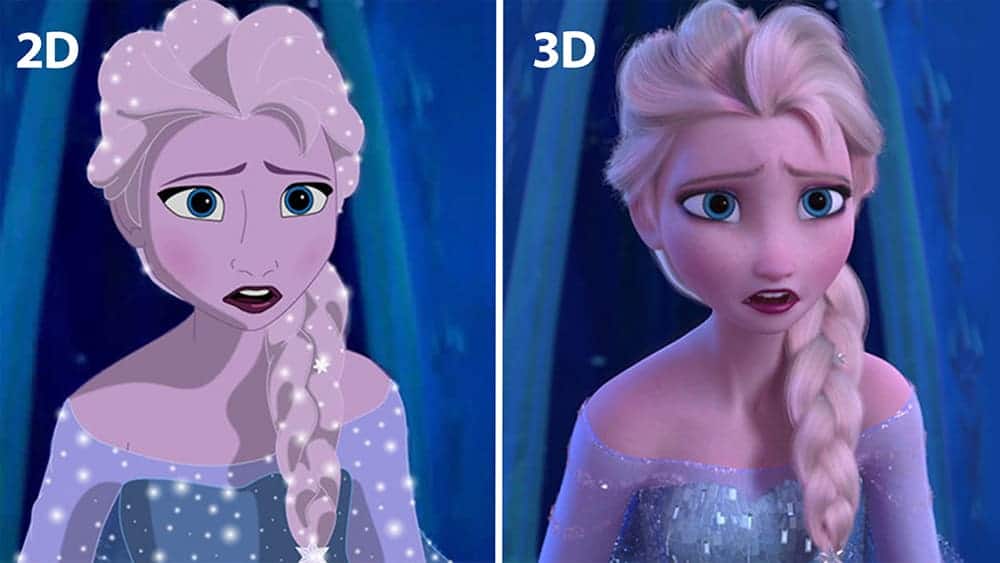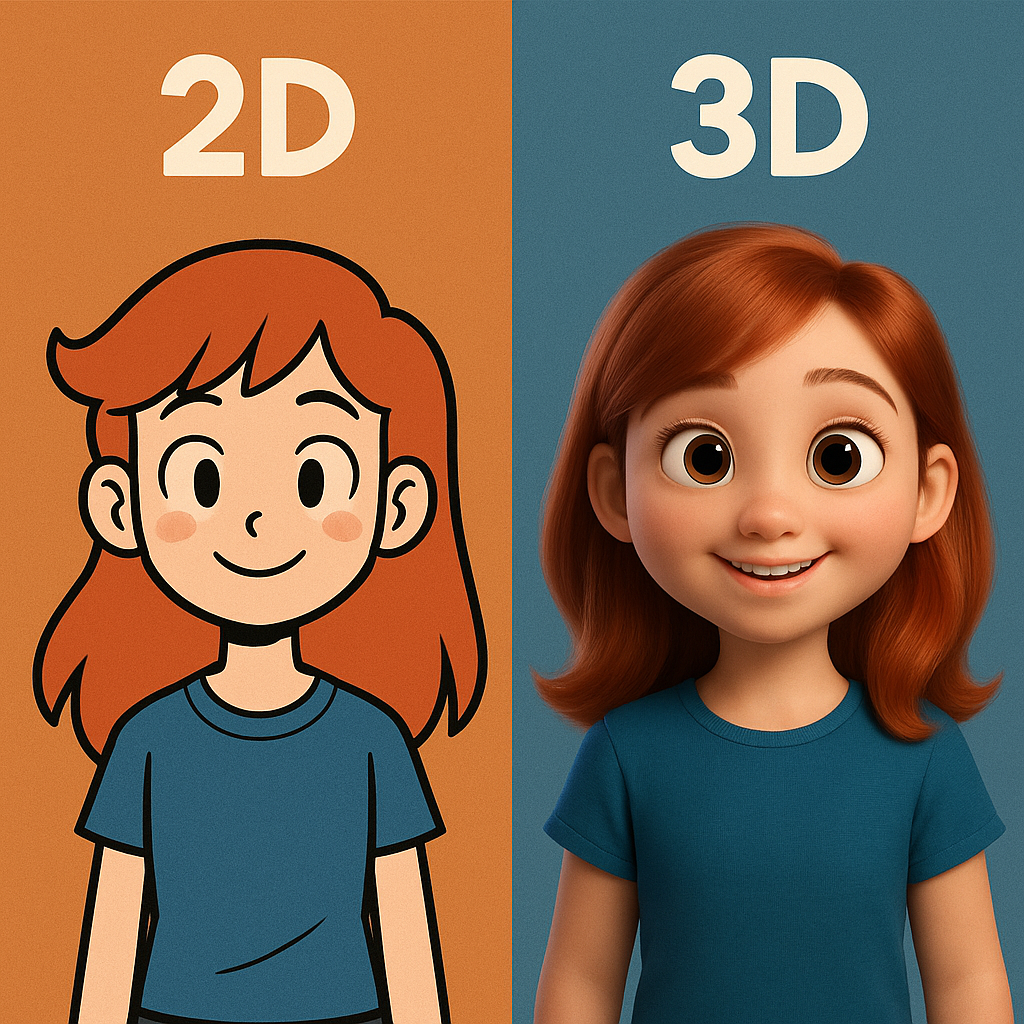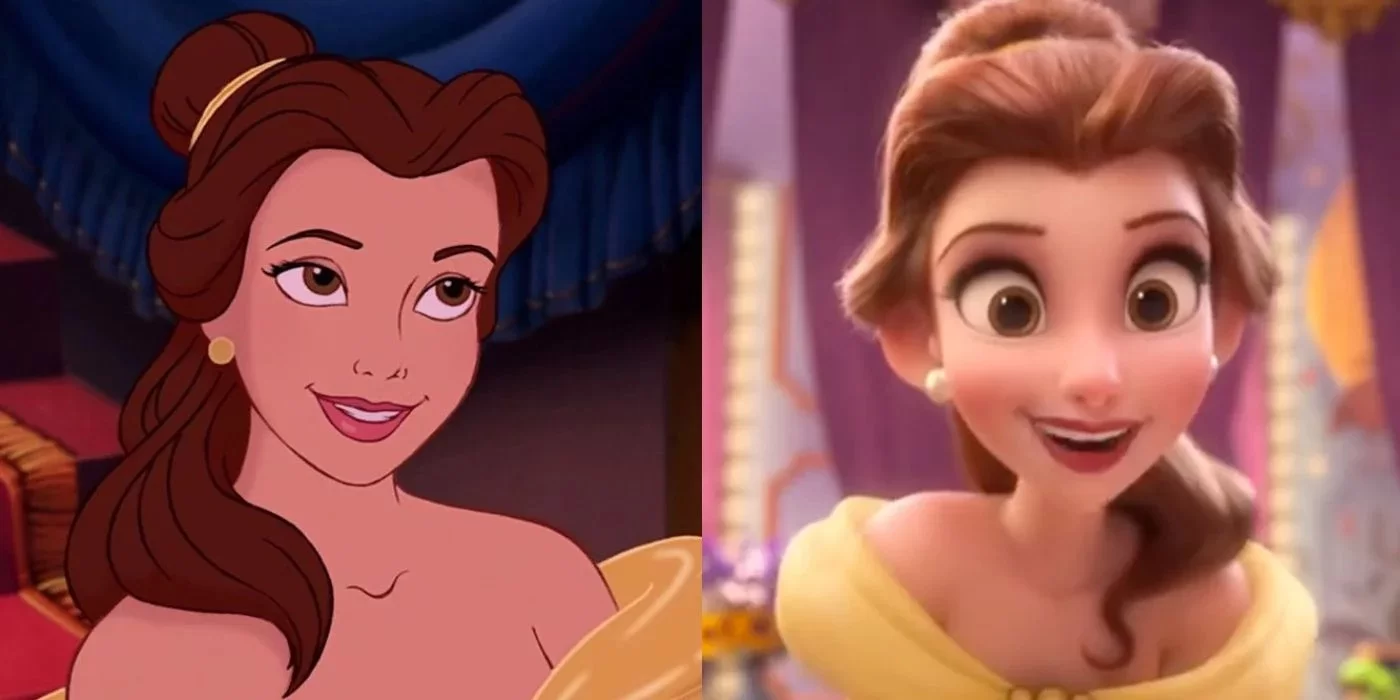
2D vs 3D Animation: What's the Difference?
Wondering whether to choose 2D or 3D animation? This article breaks down their differences in style, use cases, production, and impact.
ADIM Blog
22 June 2025 | 2 Minute Reading
Animation is one of the most powerful tools for brands to communicate complex ideas clearly and creatively. But when starting a new project, a common question arises: Should you choose 2D animation or 3D animation?
In this article, we break down the key differences between 2D and 3D animation to help you decide which one suits your goals.

Let’s Start with the Basics
What Is 2D Animation?
2D animation is the creation of motion in a flat, two-dimensional space (height and width). Characters and objects are typically drawn or designed as vector graphics or illustrations.
Common use cases:
Explainer videos
Educational content
Social media animations
Logo and UI motion graphics
What Is 3D Animation?
3D animation involves building and animating digital objects in a three-dimensional space (height, width, and depth). It adds realism through lighting, texture, and camera perspective.
Common use cases:
Product showcases
Architectural visualization
Technical presentations
Cinematic brand storytelling

Comparison Table
Feature | 2D Animation | 3D Animation |
Visual Style | Flat, drawing-based | Depth, volume, and realism |
Production Time | Generally faster | Longer and more complex |
Cost Level | Often more affordable | Varies based on complexity |
Tools | After Effects, Toon Boom, Illustrator | Blender, Cinema 4D, Unreal Engine |
Typical Use Cases | Social media, education, simple messaging | Product demos, fairs, technical storytelling |
Realism Level | Stylized or illustrative | Near-photorealistic |
When to Use Which?
Need fast, clear communication? → Go with 2D animation.
Need realism or product accuracy? → Choose 3D animation.
Working with a limited budget? → 2D is often more efficient.
Presenting in a high-impact setting like trade shows or B2B sales? → 3D delivers stronger visual impact.
More Than Technical: The Perception Gap
3D animation often conveys a sense of premium quality and production value. 2D animation, on the other hand, feels approachable and straightforward.
Understanding your audience’s expectations will help you choose wisely.
Conclusion
Choosing between 2D and 3D animation depends on your message, audience, budget, and platform. Both can be highly effective when aligned with the right project strategy.
Not Sure Which Is Best for Your Project?
Whether it's 2D or 3D, we help you find the animation format that communicates your message with clarity and impact. Contact us to discuss your needs and start planning your animation today.
Let’s Elevate Your Brand Together
Our experienced team is here to support you in your animation and visualization projects.